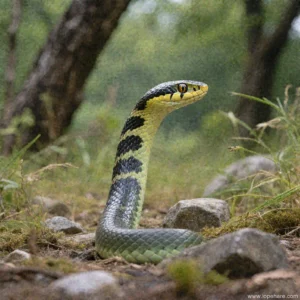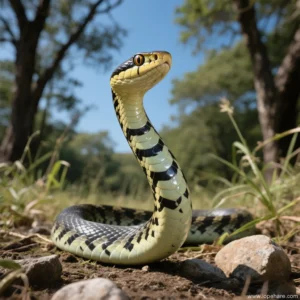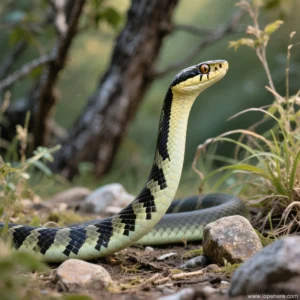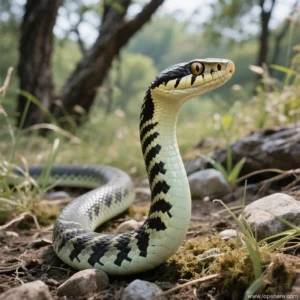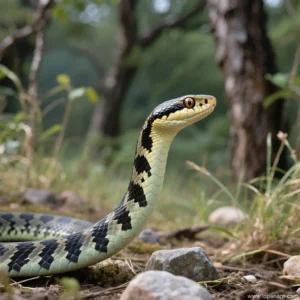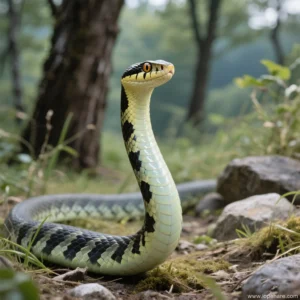Elaphe schrenckii Temperament: How to Choose a Calm and Friendly Pet Snake
When considering a new pet, especially one less conventional like a snake, understanding its typical temperament is crucial. For those drawn to the striking beauty of the *Elaphe schrenckii*, commonly known as the Amur Ratsnake or Russian Ratsnake, questions about their disposition are common. At lopehare, we strive to provide comprehensive guides for unique pets, and we can confidently say that *Elaphe schrenckii* are generally known for their docile nature, making them a popular choice among reptile enthusiasts, provided you understand how to select and care for them properly.
Understanding Elaphe schrenckii
*Elaphe schrenckii* are non-venomous colubrid snakes native to Northeast Asia, including parts of Russia, China, and Korea. They are recognizable by their sleek, dark bodies adorned with distinctive yellow or cream-colored bands. These snakes can reach impressive lengths, typically between 4 to 6 feet (1.2 to 1.8 meters), and have a relatively long lifespan, often exceeding 20 years in captivity. Understanding their natural history as active, terrestrial to semi-arboreal hunters gives us insight into their potential behavior in a captive setting.
Their natural habitat includes forests, woodlands, and often areas near water sources. This adaptability contributes to their hardiness in captivity, but it’s important to remember they are still wild animals with innate behaviors.
Fact: The species is named after Leopold von Schrenck, a Baltic German naturalist. Source: Wikipedia
General Elaphe schrenckii Temperament
In the pet trade, *Elaphe schrenckii* have earned a reputation for being one of the more even-tempered and handleable larger ratsnake species. While individual personalities vary (as with any animal), the typical adult Amur Ratsnake is calm, curious, and rarely exhibits defensive behaviors like striking or excessive hissing once they are comfortable with handling.
Juveniles, like many young snakes, can be a bit more skittish and may nip out of fear. However, with consistent, gentle handling, they usually grow into confident adults. They are generally less shy or defensive than some other ratsnake species.
Factors Influencing Temperament
While genetics play a role, several factors significantly impact an individual snake’s temperament:
- Source: Snakes from reputable captive breeders who handle their juveniles are often more comfortable with human interaction from the start. Wild-caught snakes are generally not recommended as pets due to stress, potential parasites, and difficulty taming.
- Early Handling: Regular, gentle handling from a young age is key to desensitizing the snake and building trust.
- Husbandry: A snake kept in an enclosure that meets all its needs (temperature, humidity, space, hides) is a less stressed snake, and a less stressed snake is typically a calmer snake. Inadequate housing or improper *proper husbandry for pet Elaphe schrenckii* can lead to anxiety and defensive behavior.
- Individual Personality: Just like people, snakes have individual traits. Some are naturally bolder, others more reserved.
- Feeding Status: A snake that is hungry or has just eaten might be more prone to striking out of feeding response.
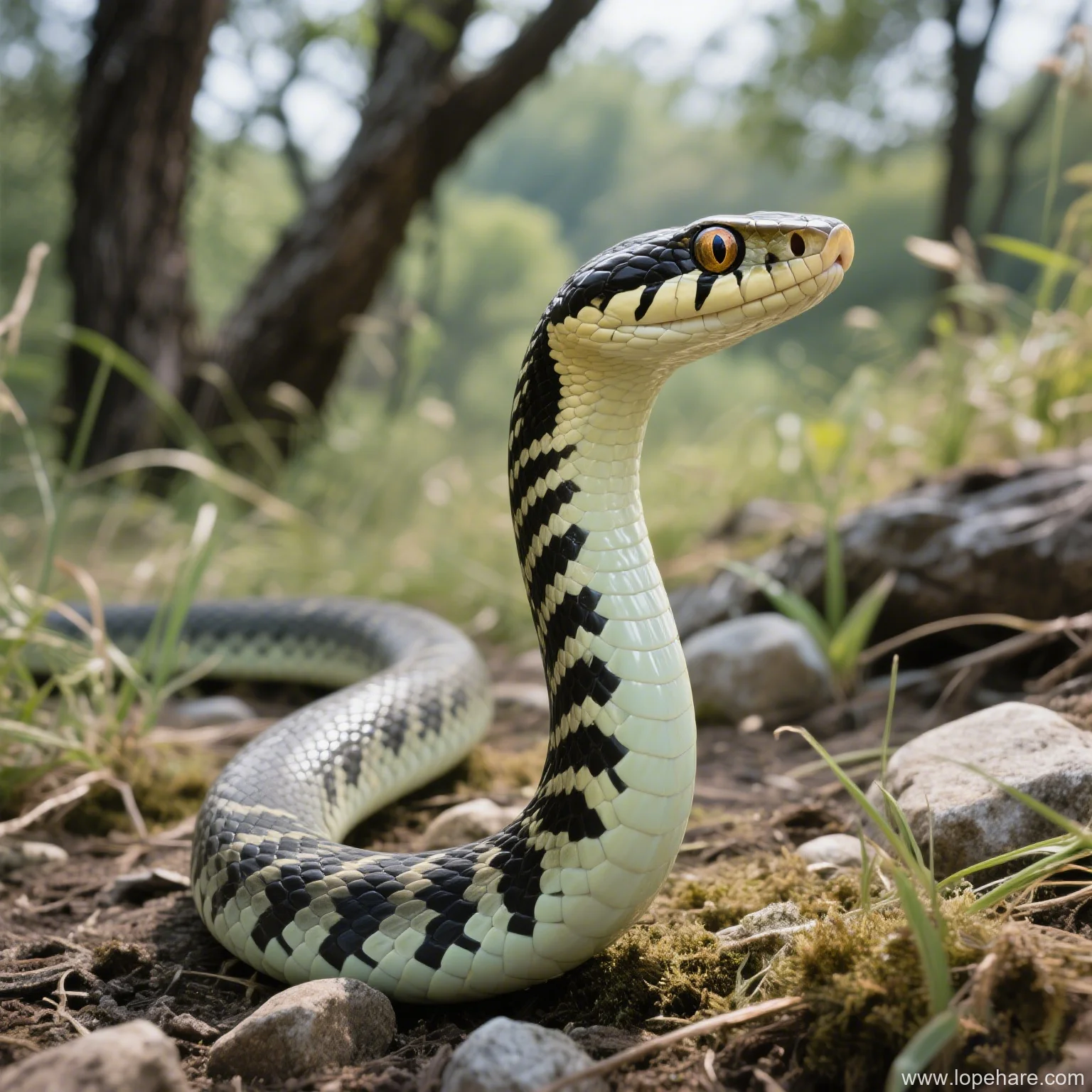
Identifying a Calm and Friendly Individual
If you have the opportunity to interact with potential pet snakes before purchasing, here’s how to look for signs of a calm temperament, helping you with *identifying a calm and friendly pet snake*:
- Observe in the Enclosure: Does the snake seem overly frantic, constantly glass surfing, or immediately retreat and hide when you approach? Or does it appear relaxed, perhaps exploring or resting openly? A snake that seems comfortable in its environment is a good sign.
- Initial Reaction to Disturbance: If the snake is resting, how does it react to a gentle touch or the enclosure being opened? A defensive snake might coil up tightly, hiss loudly, or strike. A calmer snake might simply retreat slowly or lift its head curiously.
- The Handling Test (If Possible & Done Gently): If the seller allows and is experienced in safely demonstrating handling, observe how the snake reacts.
- Does it thrash wildly or attempt to bite?
- Does it initially tense up but then relax as it’s supported?
- Does it explore your hands calmly?
A good candidate might show initial brief tension but should calm down relatively quickly once it realizes it’s not in danger. Avoid snakes that remain highly agitated or repeatedly attempt to bite.
- Ask Questions: A good breeder or seller can tell you about the individual snake’s history, how often it’s handled, and its typical behavior.
Caution: Always exercise caution when handling any snake, and respect its boundaries. Never force interaction on a snake that is clearly stressed or defensive. Bite prevention is key.
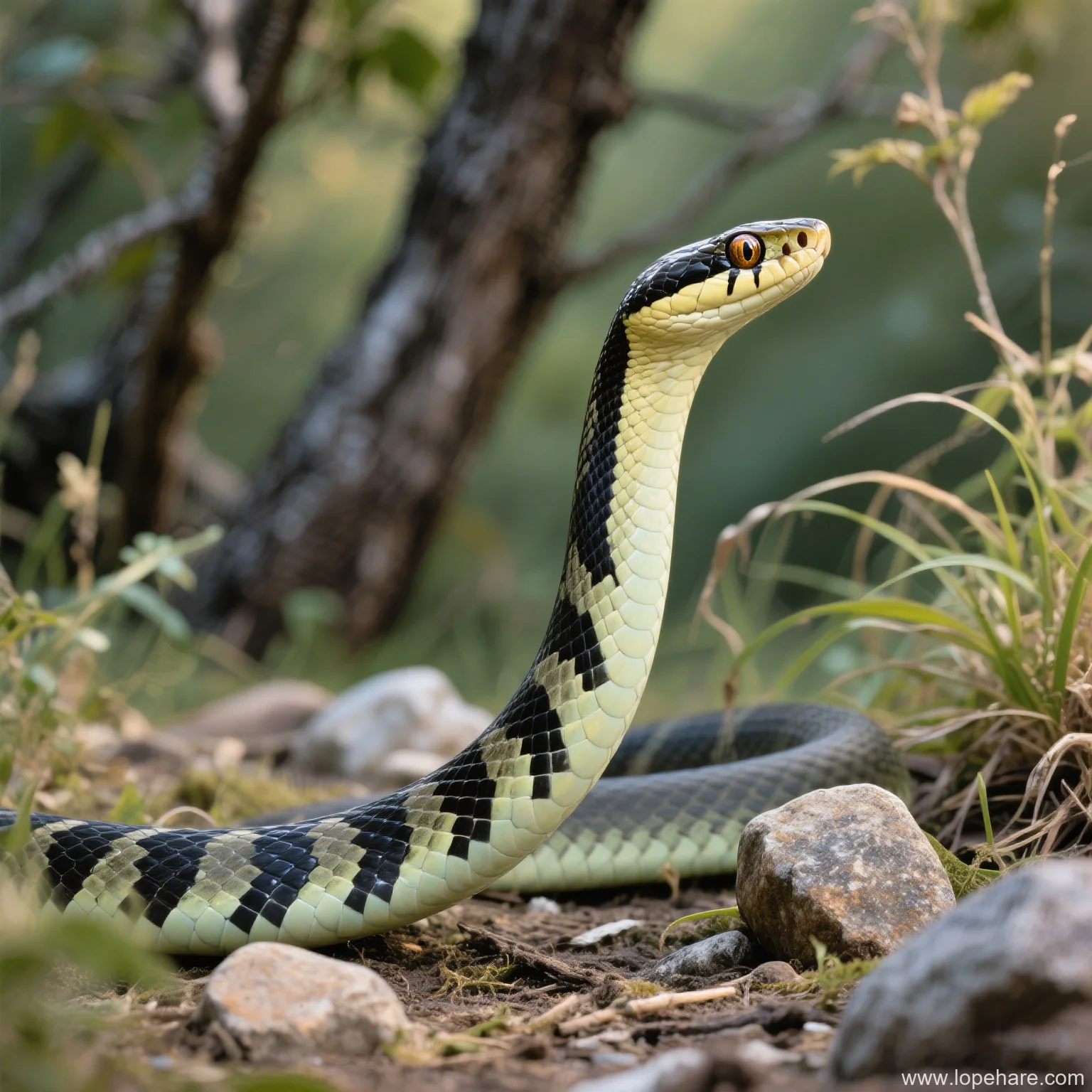
Handling Best Practices
Even a naturally calm snake benefits from proper handling:
- Start Slow: Begin with short handling sessions (5-10 minutes) a few times a week.
- Be Confident but Gentle: Approach calmly. Scoop the snake up supporting its body rather than grabbing it from above. Avoid sudden movements.
- Provide Support: Allow the snake to move through your hands; don’t grip it tightly. Support its weight.
- Know the Signs of Stress: Excessive musk secretion, frantic wiggling, constant attempts to escape, gaping, or repeated striking are signs the snake is stressed. Put it back in its enclosure and try again later.
- Avoid Handling After Feeding: Wait at least 48 hours after a meal to handle your snake to prevent regurgitation.

Conclusion: Choosing Your Snake
The *Elaphe schrenckii* is widely regarded as a rewarding and generally good-tempered pet snake. While their adult size requires a commitment to providing adequate space, their calm disposition makes them suitable for keepers who are comfortable with larger non-venomous snakes and can meet their husbandry needs. By choosing a snake from a reputable source, observing its behavior, and practicing gentle, consistent handling, you are very likely to end up with a calm and friendly companion.
At lopehare, we encourage all prospective pet owners to thoroughly research the needs of the animal before bringing it home. With the right environment and approach, an Amur Ratsnake can be a wonderful addition to your life for many years.
Citations:
- Wikipedia: https://en.wikipedia.org/wiki/Amur_ratsnake
